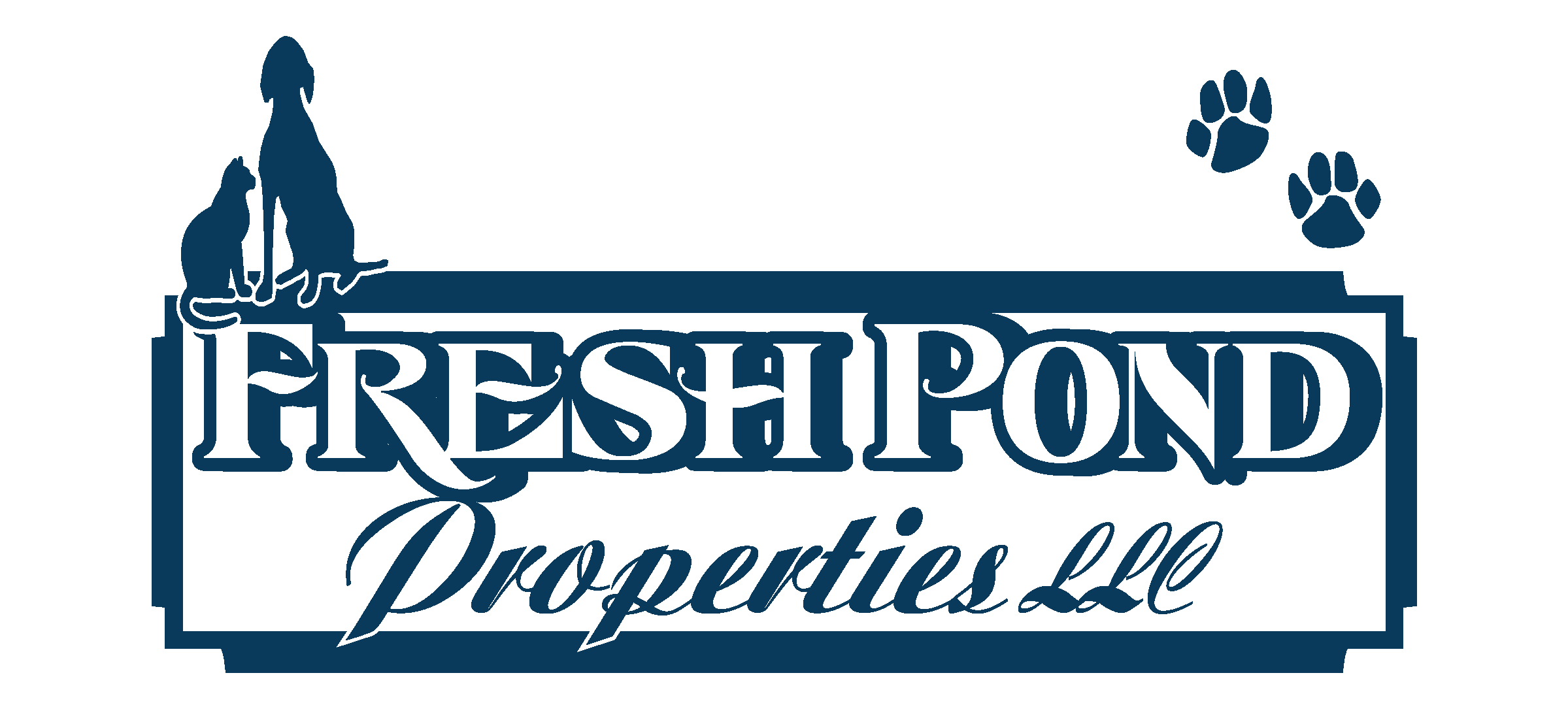
 Don’t be misled. Pricing a home high will not necessarily get you the highest price and when a home does not sell quickly, the price is likely the first thing that should be reevaluated. The most common reason a home won’t sell? Often, it is overpriced.
Don’t be misled. Pricing a home high will not necessarily get you the highest price and when a home does not sell quickly, the price is likely the first thing that should be reevaluated. The most common reason a home won’t sell? Often, it is overpriced.
Overpricing is not always a seller’s or Realtor’s fault. Pricing a home is very tricky and the timing of the market picking up or slowing down makes it even harder.
Here are 5 common myths about pricing when selling your home:
Myth #1: Price the Home Based on What You Need or Want
Fact: Buyers don’t care what you want for the home. They will only pay what they think the property is worth, and only what they are willing to pay.
Some home sellers price a home according to what they want or need. A home seller may have a number in mind that they want to cover moving costs, commission, or to make a profit. The fact is, if the list price for a home isn’t based on the current market value of the home, it will sit on the market for a long time. Buyers will look at how long the home has been on the market and wonder what is wrong with the home and why it hasn’t sold yet, resulting in no showings. Buyers are not interested in overpriced properties.
Myth #2: A Home’s Assessed Value is the Same as the Market Value
Fact: The market, not the assessed value, will determine the selling price for your home.
The assessed value of your home is how your property taxes are calculated. Property assessors are not required to change the assessed value of properties to reflect the current market value, and in today’s market, these two values can differ greatly. The assessed value of your home has very little relevance to its market value price.
Myth #3: Calculate What You Spent on Upgrades into the Home Price
Fact: The amount you invested in improvements cannot always be recouped dollar-for-dollar in the asking price for your home.
While it’s true that some home remodeling projects add value, depending on the market, sometimes you won’t get a 100% return on the total amount of your investment when selling your home
This is especially true for investments in a home’s basic structure or maintenance—such as a new roof. In a cost to value report from Remodeling Magazine that compares the average cost of remodeling projects with the value these projects retain at resale in the metro Boston area, a bathroom addition will only recoup about 57% of the total cost. Some renovations, such as a new deck or siding, can yield a larger return, but at most about 88% of the cost.
Myth #4: Base the Home Price on What Similar Homes Are Listed For
Fact: The selling price for comparable homes in your neighborhood, not the listing price, is the most accurate factor in determining price.
Many home sellers incorrectly list the home price based on what other homes nearby are listed for. Homes can be listed at any price, but the price they actually sell for is what should be used in the pricing formula.
Myth #5. Keep the Home on the Market Until You Get the Price You Want
Fact: The opposite is true: the longer the home is on the market, the lower the average sale price.
Homes sell for the most money when they’re sold in the first month, so price it right from the very beginning.
Some sellers will even say, “We’re in no rush to sell. We can wait.” But leaving the home on the market drives the price down. Homes sell for the most money within the first few weeks of being listed or the first few weeks of a price adjustment. Furthermore, even with the current times, homes are safely being sold!
When a home is priced correctly at the very beginning, it will sell faster and for a higher average price than homes that stay on the market for a long time. In fact, the average sale price for homes on the market from 0 to 30 days can be higher than the average list price. Homes on the market longer than 30 days generally causes the average sale price to be lower than the price the home was originally listed at.
